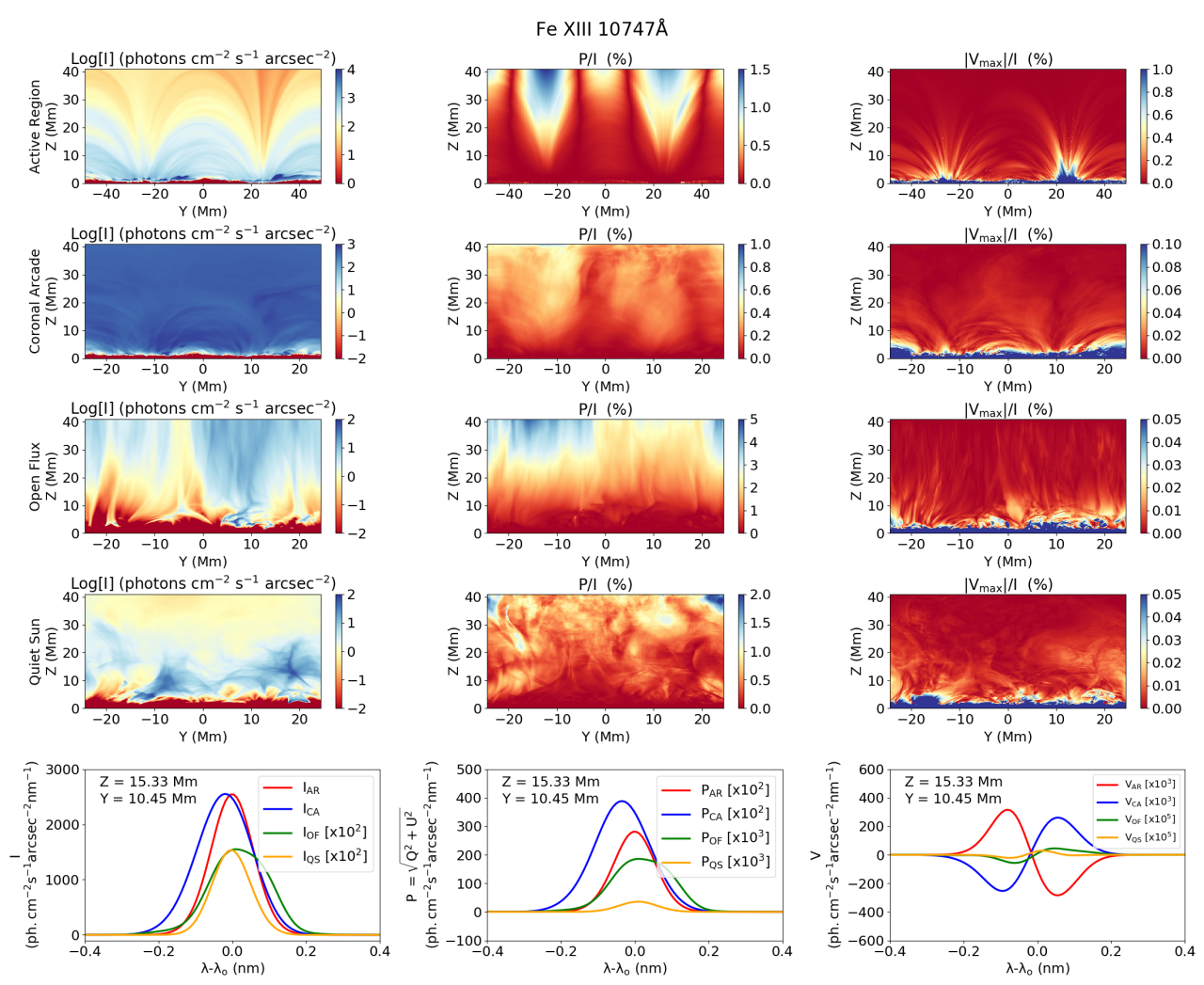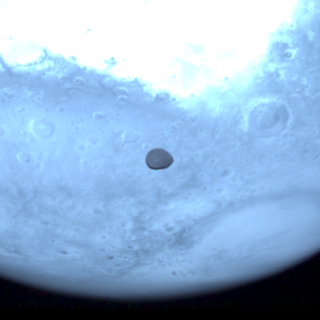The solar corona—the outermost layer of the Sun’s atmosphere—is extremely hot and very low in density. One of the main challenges in solar physics is understanding why the corona reaches temperatures of over a million degrees. This heating is believed to be closely related to the Sun’s magnetic field. However, quantifying the coronal magnetic field is difficult because the light emitted by the corona is extremely faint, and its polarization signals, which encode the information on the magnetic field, are subtle. Thanks to recent advances in technology, telescopes like the Daniel K. Inouye Solar Telescope (DKIST) and Aditya-L1 can now detect these weak signals.
To interpret such observations, it is essential to understand the physical processes that generate the observed signatures. P-CORONA is a new computer code developed to support this goal. It calculates the intensity and polarization of light emitted by coronal atoms in realistic three-dimensional models of the solar corona. The code includes the effects of anisotropic radiation scattering, magnetic fields (via the Hanle and Zeeman effects), and plasma motions due to the solar wind.
P-CORONA enables researchers to compare synthetic signals with real observations, helping them extract information about the coronal magnetic field—just one of its many applications. The code is publicly available to the scientific community and is a valuable tool for studying the Sun’s outer atmosphere. In this paper, we present details about P-CORONA and results obtained using different 3D coronal models and exploring the behavior of various spectral lines of interest under different solar coronal conditions.
P-CORONA has been developed within the framework of the POLMAG project of the IAC, funded by an Advanced Grant of the European Research Council
(see https://research.iac.es/proyecto/polmag/pages/codes/p-corona.php).




